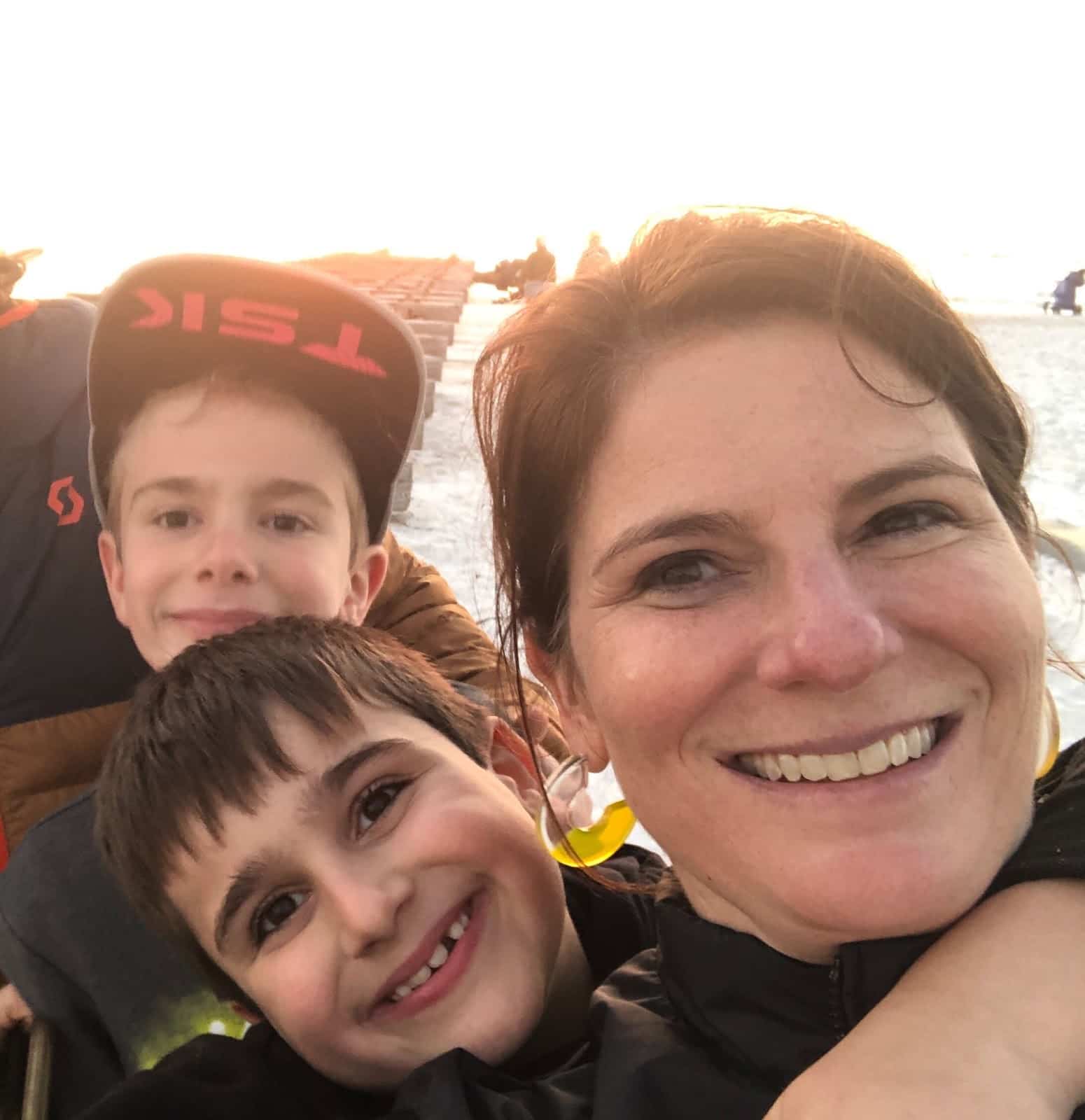Thrive
Local author sheds light on learning disabilities in new book

“Covid slide” is an oft-used phrase to describe how the pandemic has impeded children’s academic progress. With nearly half of all K-12 students still attending virtual school, parents and educators have good reason to worry about the development of significant learning gaps that will be difficult to overcome when in-person classes again become the norm.
But reading disability expert and newly published author Micki Boas — a Tampa native and University of Florida graduate who moved to New Jersey, but has temporarily relocated back to the area because of the pandemic — argues that the sudden shift to all-remote learning will also make it more likely that learning and reading disabilities, particularly dyslexia, will go undiagnosed.
Boas’ new book, titled One in Five: How We’re Fighting for Our Dyslexic Kids in a System That’s Failing Them, was published by Simon & Schuster in August 2020, a few months after the pandemic hit and just as it became widely apparent that most students would not return to school as normal in the fall. As such, Boas, speaking to the Catalyst, said the book’s findings and arguments are not specifically linked to the Covid-19 crisis but the publisher sensed that it would be relevant.
“It’s interesting, when the pandemic hit, Simon & Schuster canceled half of their titles that were coming out for the fall,” Boas said. “I don’t if you want to say I felt lucky that mine made it, but I think the pandemic highlighted some of the systemic injustices that my kids and others face.”
Boas has firsthand experience with dyslexia and other impediments to learning. She’s the mother of two dyslexic children who also struggle with attention deficit hyperactivity disorder (ADHD). Her husband is dyslexic and Boas herself has been diagnosed with ADHD.
“We are a neurodiverse family,” she said. “If you have one child that has dyslexia, you have a 40 percent chance that your second child will have it. I have a 12-year-old and a nine-year-old and they both have dyslexia and ADHD. So that’s what brought me to this story.”
The injustices of which Boas speaks are related to inadequate funding for the Individuals with Disabilities Education Act, a federal law that is supposed to provide free appropriate public education to eligible children with disabilities throughout the nation, in addition to ensuring special education and related services to those children. And the title of her book refers to the 20 percent of schoolchildren who have learning disabilities.
“The problem that many people have been facing is that the resources for special education are significantly under-resourced,” Boas said, citing the fact that her kids’ school district in New Jersey faces a budget shortfall of some $155 million. “We’re seeing this huge Covid slide and gap that is going to take years — I would even argue decades — to overcome. In New Jersey, they’re talking about giving special education students a whole other year of services.”
However, the thesis of Boas’ book is that it’s up to parents, not teachers, to take an active role in spotting the signs of a learning disability and then bringing that to the attention of school officials — particularly amid the pandemic when teachers face more challenges than ever before in doing their jobs.
“The number one way to get support from your school,” she said, “is to write a three-sentence letter that basically says, ‘I’m concerned because I see my child not being able to follow directions, not being able to sit in front of a computer and not being able to read efficiently; therefore, I would like my child evaluated.’ It’s the law that they have 60 days to get your child evaluated for the services he or she might need.”
Ideally, Boas said, dyslexia needs to be diagnosed by the time a child reaches 7 years of age or enters third grade.
“If you’re not reading by the end of third grade,” she said, “you’re four times more likely to drop out of school. But in the U.S., we don’t typically diagnose dyslexia until age 10. But the average child should be reading at age 7 proficiently. So imagine the social and emotional trauma that happens when you are now 10 and you’re not able to read — it just causes so much damage.”







